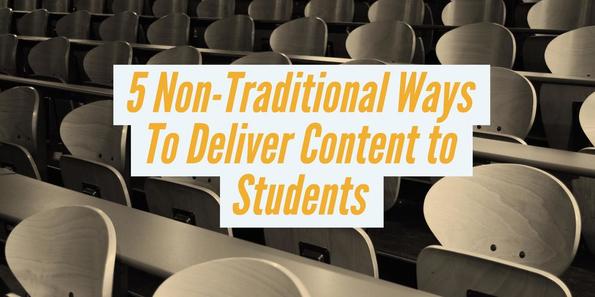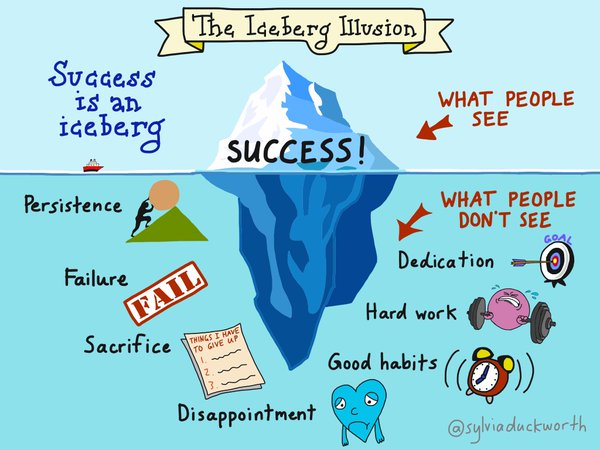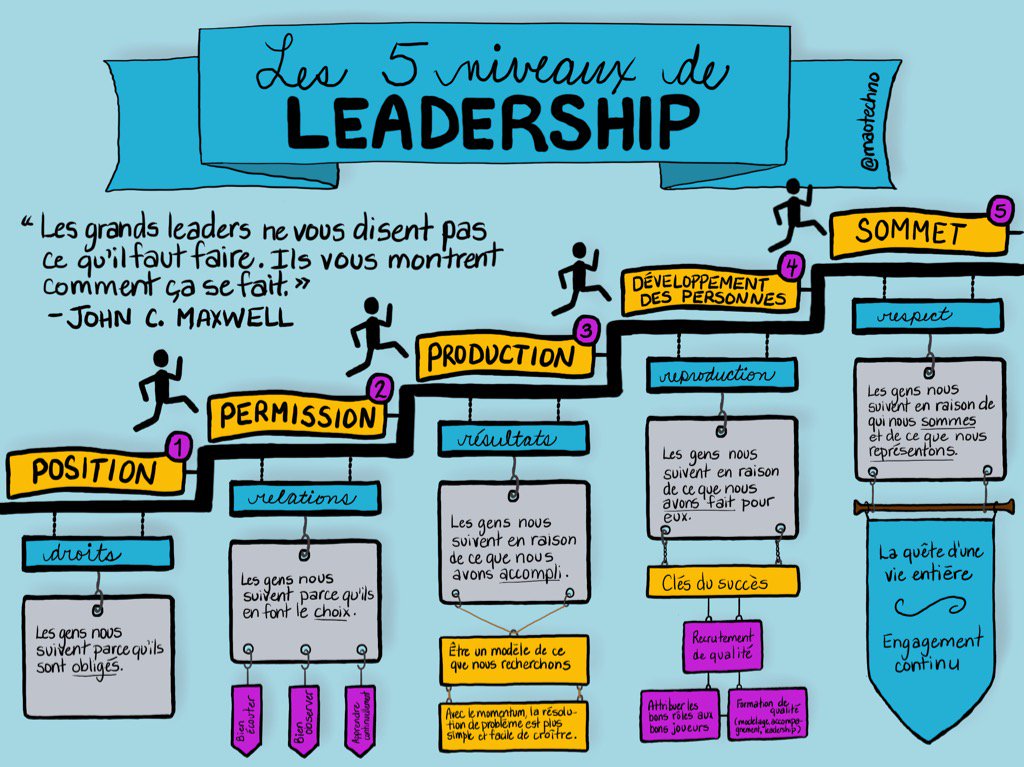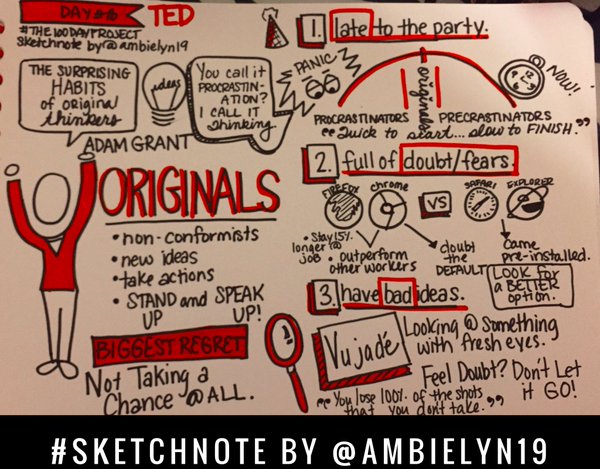|
The flipped classroom approach has been in the ed tech lexicon for many years. The idea is that students do the hardest part of their work in class and the easiest part at home. The easiest part, of course, is the delivery and receiving of teacher-led content. That act of a teacher standing up in front of the class and delivering information to students gets shifted to home through video or some other content. I think the biggest question with this approach though is: does it work? I think the flipped classroom approach might work for some, but it does not work for most. Students are so trained in the traditional instructional approach that it becomes incredibly difficult to transition them to a flipped approach. You also run into issues of students who fail to do homework, and if every class is running flipped, it becomes a ton of video. In my mind, a traditional flip may not work, but it does not mean we just need to lose the ideas of alternative content delivery. There are too many teachers who are stuck in PowerPoint after PowerPoint mode, and the kids are just plain bored! Video and interactive presentations can be a powerful way to combat that! While the tools are necessary, you really need to start with the structure you want to change your instruction with. How will you use these? There are lots of structures you can put in place that don't go to a full flip, and what's most important is they create time for you to have kids create and critically think! 5 Non Traditional Content Formats 1. Station Rotation Station Rotation is tried and true, but what's interesting about it is that middle school and high school teachers often see it as beneath them. I think you also see many middle and high school classrooms where the furniture in the room actually makes a station rotation tough. To do an effective station rotation, you just have to be creative. You have to have a structure that works for both you and your students, and you also have to have activities that are highly engaging. The lack of either could lead to behavior management issues, but if you have it right, it could give you that time that you so desperately need. The simplest form of a station rotation is to have a digital content, station, a teacher directed station, and a creation station. The best part of having a digital content station is that this is where students can get the content they need, and because the teacher is not delivering the content to all students, that content can be personalized by putting different students on different content at the same time. While there are some quality digital content solutions, many times teachers will have to create their own content, and that's where the alternative tools to content creation come in! Look out for a blog post soon that has my favorite five options for alternative presentation of content. Station rotation also gives you the benefit of having both the teacher station and the creation station. With the actual content delivery being done in the digital content station, you can make the teacher station a place for students to get more personalized support and help. This more personalized approach helps raise student achievement. With a creation station built in, you can get down to the creative aspects of your content and students have the opportunity to think critically. Station Rotation is a win-win. It may be difficult to do in certain middle school and high school classrooms because of the furniture situation, but it is worth pursuing. You just have to get creative! 2. Choice Model I have found that most teachers who try to implement a full flip get pushback. They get students who say, "You are not teaching me!", and what's worse is they get parents who say the same thing. When you try a full flip, you also have kids who are so trained in the traditional approach that they struggle, and some kids just plain can't handle a full flip. We all know that kids don't do their homework! That's where a choice model comes in. The basic idea is that you give students a choice between a direct instruction model or a flipped model. The idea is that there is a direct instruction time in class. Students can choose to participate in it, or they can work on projects and assignments. If they choose to work on projects or assignment, they then get their content from flipped videos. The key with this is to force the hand of students who you know would struggle with the flip. You can require them to take part in the direct instruction. This also gives you time to put in creation projects, and that's what we REALLY want. 3. Somewhere in Between You can always get creative with things too! If you want to experiment with an alternative way to do a presentation of content why not look at a new way to use video. Why not use a flipped video as the way to do direct instruction in your classroom? The way you get this done is to start by recording a flipped video. You then use that flip video basically as your PowerPoint while you do direct instruction. You watch the video with the students, but you stop every few seconds to explain every little bit. This type of presentation does two things: 1) It gives you a flipped presentation that you can use with students who are absent and students can access later. 2) It gives you an opportunity to use flipped style video without having to a second presentation! The best part about this is that you include this format as part of the choice model listed above. 4. The Exploration Model What is the ideal method of students gaining content knowledge? It's self-discovery. It's classrooms where the teacher becomes more of a facilitator than a knowledge giver. There is nothing like hitting on the joy of discovering knowledge for yourself. The key is brining that joy and fun of learning back, and there is a good way to do it. One of the new cultural gaming phenomena is escape rooms. Well, two guys (Adam Bellow and James Saunders) thought how can we adapt this for the classroom. They for sure did not want to lock kids in a classroom, so they settled on having a lock box with various locks that took clues to unlock them. It's called Breakout Edu (breakoutedu.com) By gamifying content, you make self-discovery easy. Kids have a path to get the content you want through the game's clues, but they are the ones who come up to the conclusions. By using Breakout or other gamified avenues, you almost trick kids into that self-discovery. You are also building a love for learning, and that's an incredible thing. 5. Sketch Noting This blog post intends to get away from two key points of content delivery: Lectures and full flipped classrooms. This format almost requires you to lecture, but it's such a different way of taking notes, that kids don't even realize what you are doing. It's all about that Sketch Note. Sketch Noting very simply is drawing pictures in a format that tells the story of the class presentation or content. You can see an example below. It looks difficult, but it's not hard to get started. The creativity and artistic ability is also not the point. When students sketch note, they are almost automatically going deeper in the content. Within the Sketch Note, they have to process the information more fully from the get go because they have to draw a picture. It also lets them see how things fit together more fluidly as the best notes tell a story. I am no expert at Sketch Noting, but I have been around a few (like Sylvia Duckworth, Marie-Andree Ouimet, and Amber McCormick) so I have tried to come away with a few tips. To do it effectively, you need to ease kids in, and I think you start with two key concepts: grid lines and common images. The grid lines help make the sketch note neater. It's likely that you will also use many of the same images in lessons, so why not teach them how to do them! Those two tips should get you started, but if you want to go deeper, I highly suggest following these three ladies: Sylvia Duckworth, Marie-Andree Ouimet, and Amber McCormick. They will be able to get you further than I ever would.
2 Comments
Rachelle
1/24/2017 06:50:02 pm
Love the ideas here! I, too, believe that class time is a great time for students to create! Thanks for sharing!
Reply
4/25/2017 12:16:14 am
This article is the really so great and many student are chose this post for take the hints how to remember the lesson in your mind. Mostly student are chose the good books for take hints how to remember in your mind.
Reply
Leave a Reply. |
Archives
January 2023
Categories |




 RSS Feed
RSS Feed
